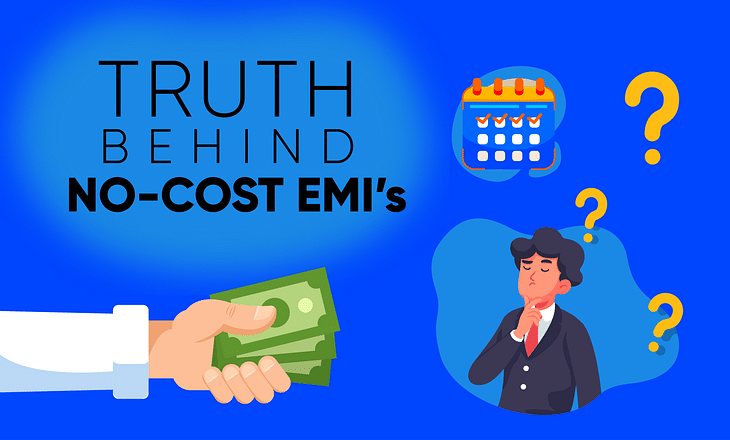No Cost EMI (Equated Monthly Installment) schemes have become an increasingly popular payment option for consumers, offering a convenient way to buy products without the burden of upfront payments or interest. While the term “No Cost EMI” implies that there are no additional costs, many consumers question the trustworthiness of these offers. Let’s explore the mechanisms behind No Cost EMI and the reasons why consumers can trust this payment method.
Understanding No Cost EMI
A No Cost EMI is a financial arrangement where the buyer can purchase a product and pay for it in equal installments over a set period without incurring additional interest charges. This means that the total cost of the product remains the same, whether you pay in one go or in installments. These schemes are usually offered by e-commerce platforms and retailers in partnership with banks or financial institutions, making them an attractive option for big-ticket purchases like electronics, appliances, and gadgets.
The trustworthiness of No Cost EMI schemes is primarily built on their transparency and collaboration between retailers and financial institutions. Here are some key reasons why No Cost EMI is generally reliable:
1. Transparency in Pricing
One of the main reasons why consumers can trust No Cost EMI schemes is the transparency in pricing. In a genuine No Cost EMI offer, the retailer or manufacturer absorbs the interest cost that the bank would typically charge. For instance, if the interest rate on an EMI is 12%, the product’s price may be slightly discounted by the retailer to offset this cost. Thus, the consumer only pays the actual price of the product divided into equal installments.
2. Collaborations with Reputed Financial Institutions
No Cost EMI offers are often provided through partnerships with well-known banks and financial institutions. These banks have strict regulations and policies in place to protect consumers. When a consumer opts for No Cost EMI, the transaction is processed through secure and established financial channels, ensuring safety and accountability.
3. Ease of Accessibility
In today’s fast-paced world, No Cost EMI options make high-value products more accessible to a wider audience. Consumers who might not have the liquidity to pay upfront for expensive items can rely on No Cost EMI to afford these purchases without additional financial strain. This trust is further reinforced by the flexibility these plans offer, allowing consumers to choose installment periods that best suit their financial situation.
4. Consumer Protection and Support
In most cases, No Cost EMI schemes come with consumer protection policies. If there is any discrepancy in billing or product delivery, consumers have access to dispute resolution through the retailer, bank, or the financial institution facilitating the EMI. This adds another layer of security, ensuring consumers are not left vulnerable to unexpected charges.
5. Clear Terms and Conditions
Reputable retailers and e-commerce platforms that offer No Cost EMI schemes provide clear terms and conditions upfront. These terms outline any processing fees, the installment period, and any applicable taxes, giving consumers a complete picture of their financial commitment before they make a purchase. Consumers can trust that as long as they are aware of these details and follow the payment schedule, there won’t be hidden charges.
Potential Pitfalls to Watch Out For
While No Cost EMI schemes are generally trustworthy, consumers must be aware of potential pitfalls. Some retailers may adjust the product price to account for the interest, meaning the “No Cost” part of the deal is absorbed in the product’s price itself. Therefore, it’s important to compare prices before committing to an EMI plan.
Conclusion
No Cost EMI is a trustworthy and convenient financial tool for purchasing products, provided consumers carefully review the terms and choose reliable retailers and financial institutions. With transparency, partnerships with reputed banks, and protection measures, No Cost EMI continues to be a reliable and consumer-friendly option for managing expenses on big-ticket items.


